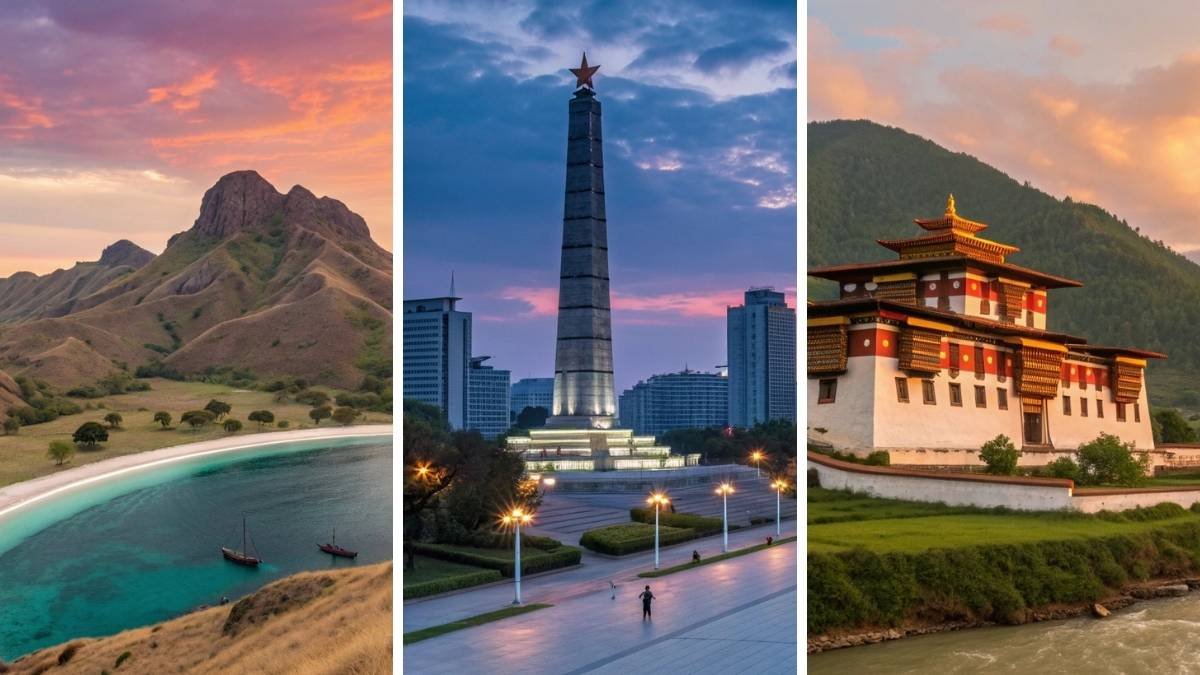
Some corners of the world aren’t hiding because they’re boring—they’re hiding because they’re too extraordinary to be overrun. They’re the places quietly guarding their beauty, culture, and secrets from the stampede of mass tourism.
The kind where entry rules are strict, visitor caps are low, and the welcome feels more like an earned privilege than a casual invitation. You won’t see them splashed across mainstream travel ads, and that’s exactly the point.
But for those who know how to look—and are willing to go the extra mile—what waits beyond the closed doors is far richer than the usual postcard.
1. North Korea
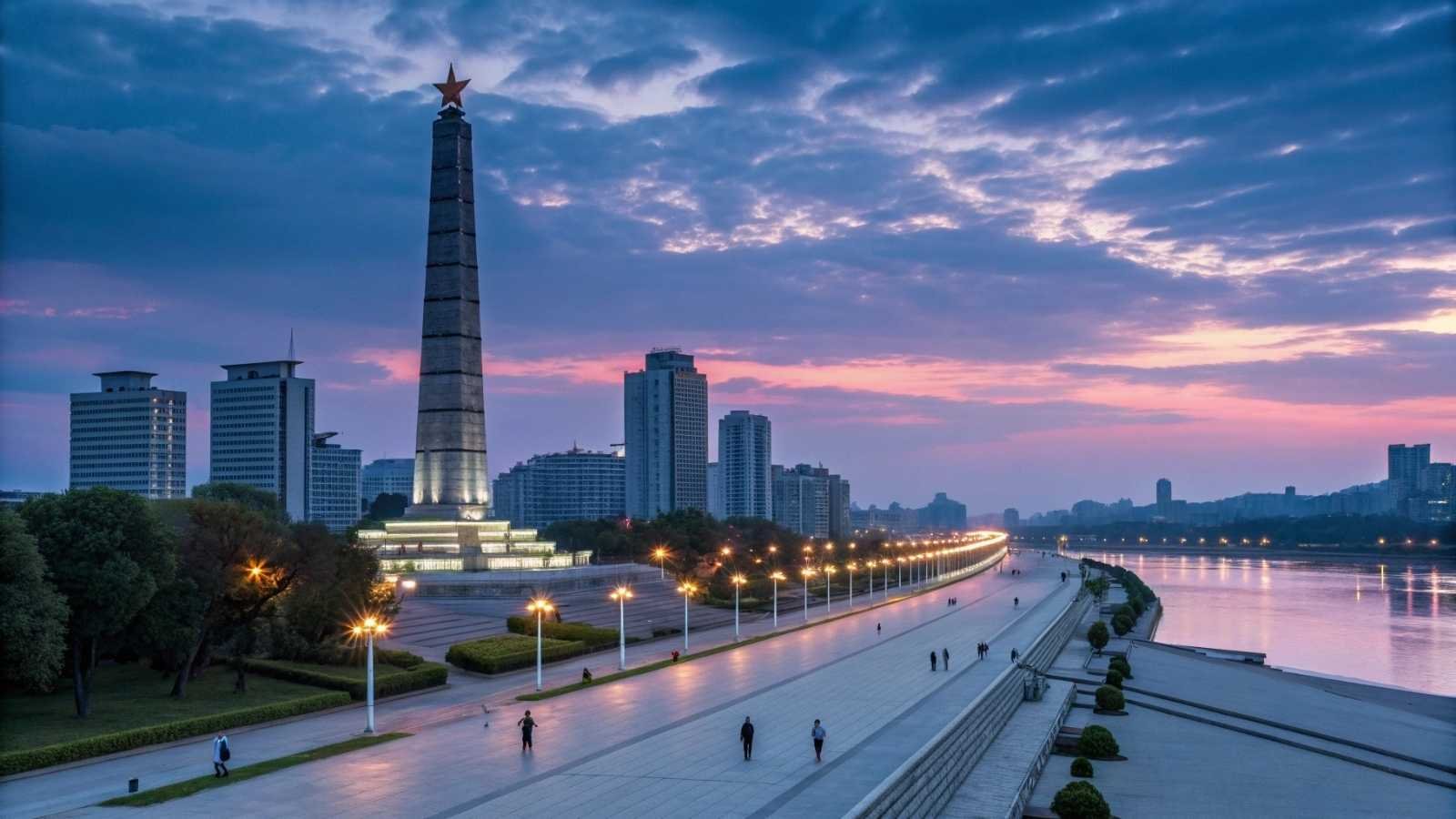
North Korea is one of the most secretive and tightly controlled countries on Earth, and that’s exactly why it ends up on lists like this. Tourism exists here—but only under extreme regulation. You can’t just wander around, snap photos freely, or talk to locals without an official guide hovering nearby. Everything you see is carefully curated by the state, from monumental statues to spotless (but oddly empty) boulevards. It’s an experience that feels less like a holiday and more like stepping into an alternate reality.
For many travelers, the intrigue lies in the country’s contrast with the outside world. The architecture, the propaganda murals, the orderly public gatherings—every detail hints at a different way of life, tightly woven into the government’s narrative. Those rare conversations you might get with locals are often polite but guarded, which only adds to the sense of mystery. Even a simple walk to a monument can be layered with rules and protocols.
North Korea’s tourism board has no intention of inviting a mass influx of casual visitors—especially Americans. But those who do go tend to come back with stories that sound like they’re from a novel. This isn’t a trip for the faint of heart, nor for those expecting a relaxing getaway, but for those drawn to forbidden corners of the world, it’s unforgettable.
Travel Notes:
- Best Months to Visit: April–October (milder weather)
- Entry Requirements: Must book through an approved tour company; Americans face additional restrictions
- Currency: North Korean won (foreigners often use euros or Chinese yuan in tourist areas)
- Dress Code: Conservative; avoid ripped jeans or political symbols
- Photography: Highly restricted—only take photos when permitted
2. Myanmar
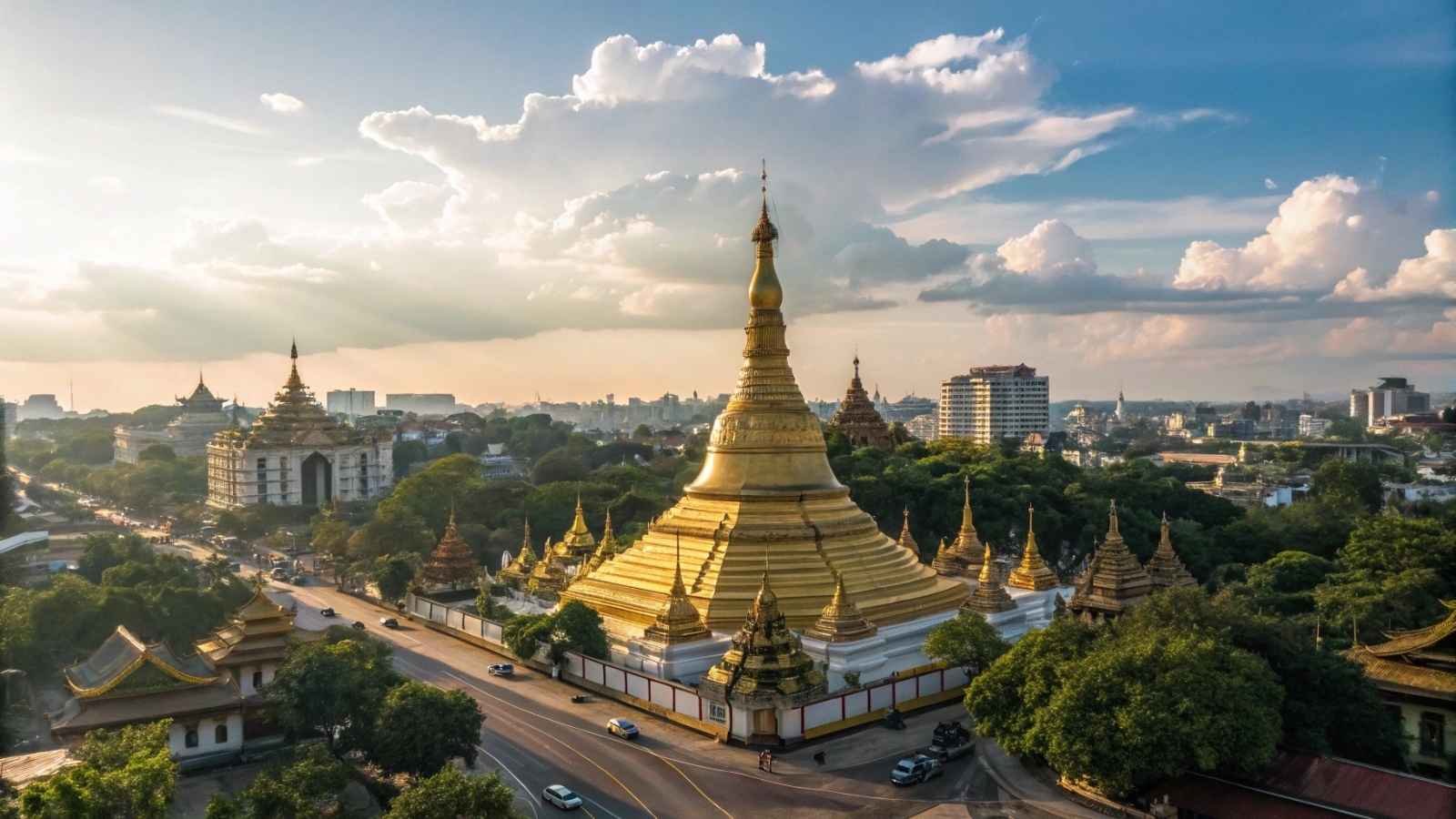
Myanmar’s beauty is undeniable—golden pagodas shimmering in the sun, timeless villages along the Irrawaddy River, and landscapes that range from tropical beaches to misty mountain valleys. Yet, despite its allure, the country’s political unrest and human rights issues have led many tourism boards and agencies to quietly discourage mass tourism. For travelers who do make the journey, what they find is a country in transition—welcoming, yet weary of the outside gaze.
What makes Myanmar stand out is its depth of culture. You’ll find traditions that have survived centuries, like monks collecting alms at dawn or intricate lacquerware craftsmanship. But the tension between preserving these customs and adapting to a changing political climate is always there. Tourism plays a complicated role—it can help communities, but it can also bring unwanted attention.
For Americans, visiting Myanmar often means navigating not just physical travel plans, but moral questions. Where you spend your money, who you speak to, and how you represent your visit all matter. And that’s partly why it’s “hidden”—not because it’s inaccessible, but because it’s a place that demands travelers think beyond their itinerary.
Travel Notes:
- Best Months to Visit: November–February (cooler and dry season)
- Visa: Required for Americans; eVisa available
- Currency: Myanmar kyat
- Local Tip: Use locally owned guesthouses and guides to support communities
- Dress Code: Shoulders and knees covered at religious sites
3. Bhutan
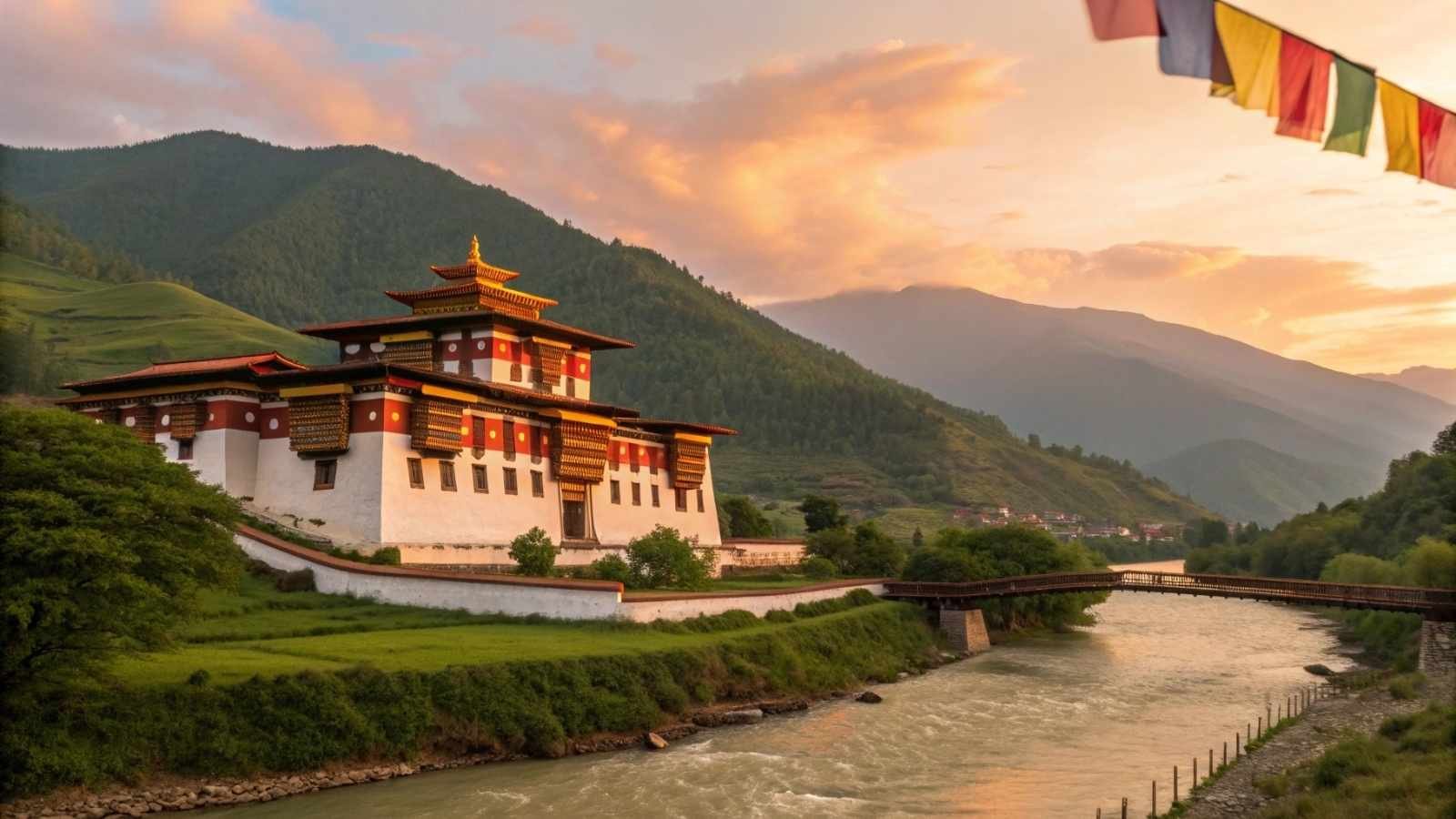
Bhutan has a different approach to tourism—high-value, low-volume. This isn’t about keeping tourists out entirely, but rather ensuring that those who come bring real benefit to the country. Every visitor must pay a daily Sustainable Development Fee, which is used to fund healthcare, education, and environmental preservation. The result? Bhutan retains its unspoiled landscapes and cultural integrity while still welcoming those willing to invest in a responsible journey.
The charm of Bhutan is in its balance—modern conveniences exist, but the country has managed to protect traditions that many others have lost. Monks in crimson robes walk alongside schoolchildren, dzongs (fortress-monasteries) dominate valley skylines, and festivals fill the streets with vibrant masks and chants. There’s a genuine sense that life moves at a pace that’s tied to the seasons, not the clock.
For Americans, Bhutan isn’t “hidden” because it’s secret—it’s hidden because it’s exclusive. By keeping tourism numbers low and focusing on quality over quantity, the country ensures that it remains one of the last truly authentic Himalayan kingdoms. It’s a place where you leave not just with photos, but with a different perspective on what sustainable travel can look like.
Travel Notes:
- Best Months to Visit: March–May, September–November (festival season)
- Visa: Must be arranged through an authorized Bhutanese tour operator
- Currency: Bhutanese ngultrum (Indian rupee also accepted)
- Daily Fee: Currently $100 Sustainable Development Fee for most visitors
- Altitude Considerations: Many areas are above 8,000 feet—acclimatize gradually
4. Maya Bay, Thailand
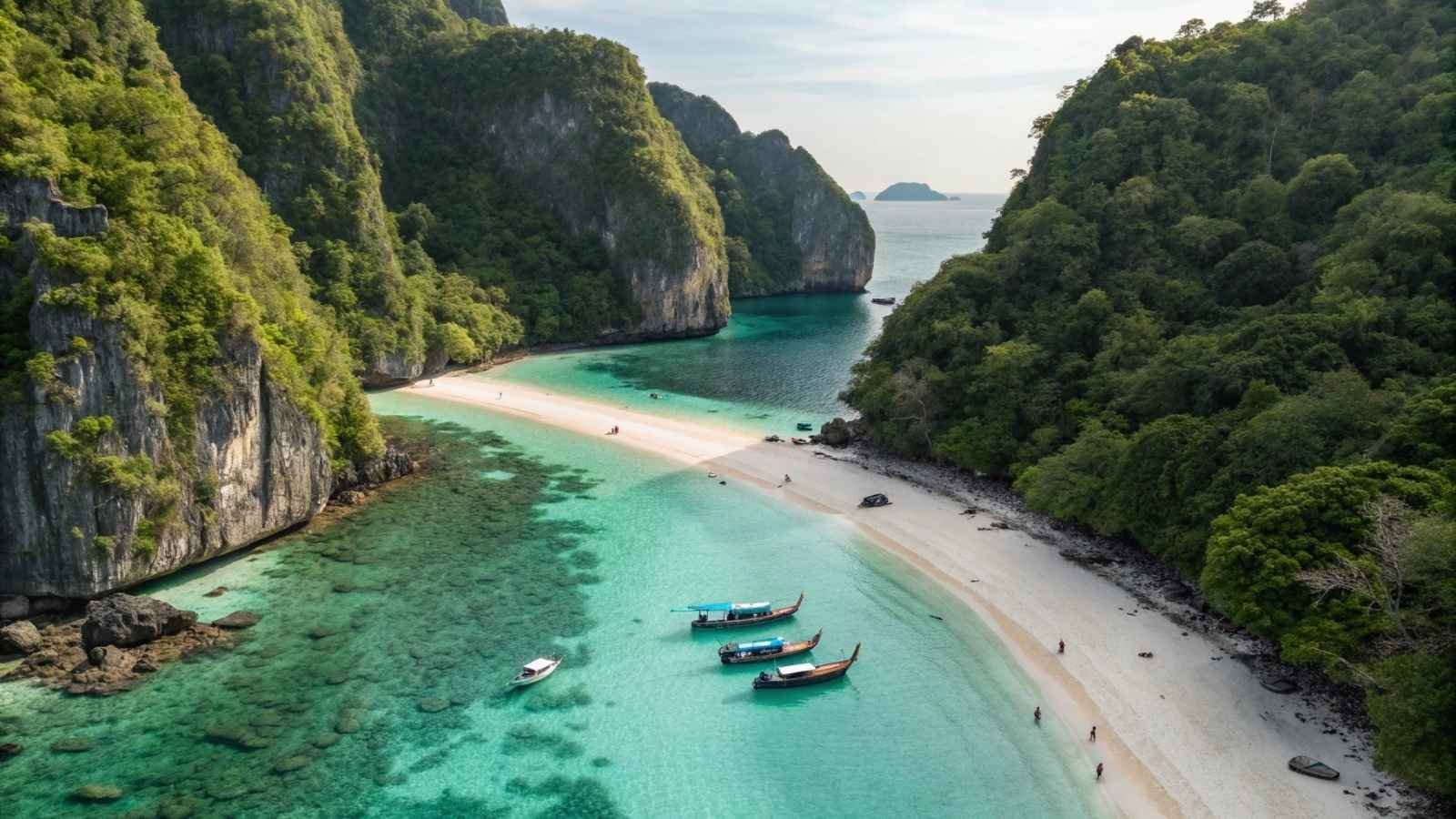
Maya Bay might be one of the most photographed beaches in the world thanks to its role in “The Beach,” but fame came with a cost. Years of over-tourism damaged coral reefs and strained local ecosystems so badly that Thailand’s government closed the bay for several years. Even now, access is heavily regulated, and visitor numbers are capped daily. It’s a lesson in how fragile paradise is.
When you arrive, you’ll see why it was worth the effort to protect. The turquoise water is framed by towering limestone cliffs, the sand is almost too white to look at under the midday sun, and the water feels like silk. But the experience is different now—it’s quieter, more controlled, and focused on conservation. You’re not allowed to swim directly off the beach anymore; instead, you walk on designated paths to minimize environmental impact.
For Americans, this isn’t “hidden” in the sense of being undiscovered—it’s hidden in the sense that getting in is no longer easy or casual. You can’t just hop on a long-tail boat and go. You have to plan, respect the rules, and accept that the bay’s preservation comes first.
Travel Notes:
- Best Months to Visit: November–April (calm seas)
- Access: Via Phi Phi Leh; boat tours must be licensed
- Fees: Entry fee applies, varies by nationality
- Swimming: Prohibited from the beach to protect marine life
- Stay Nearby: Phi Phi Don or Phuket
5. Boracay Island, Philippines
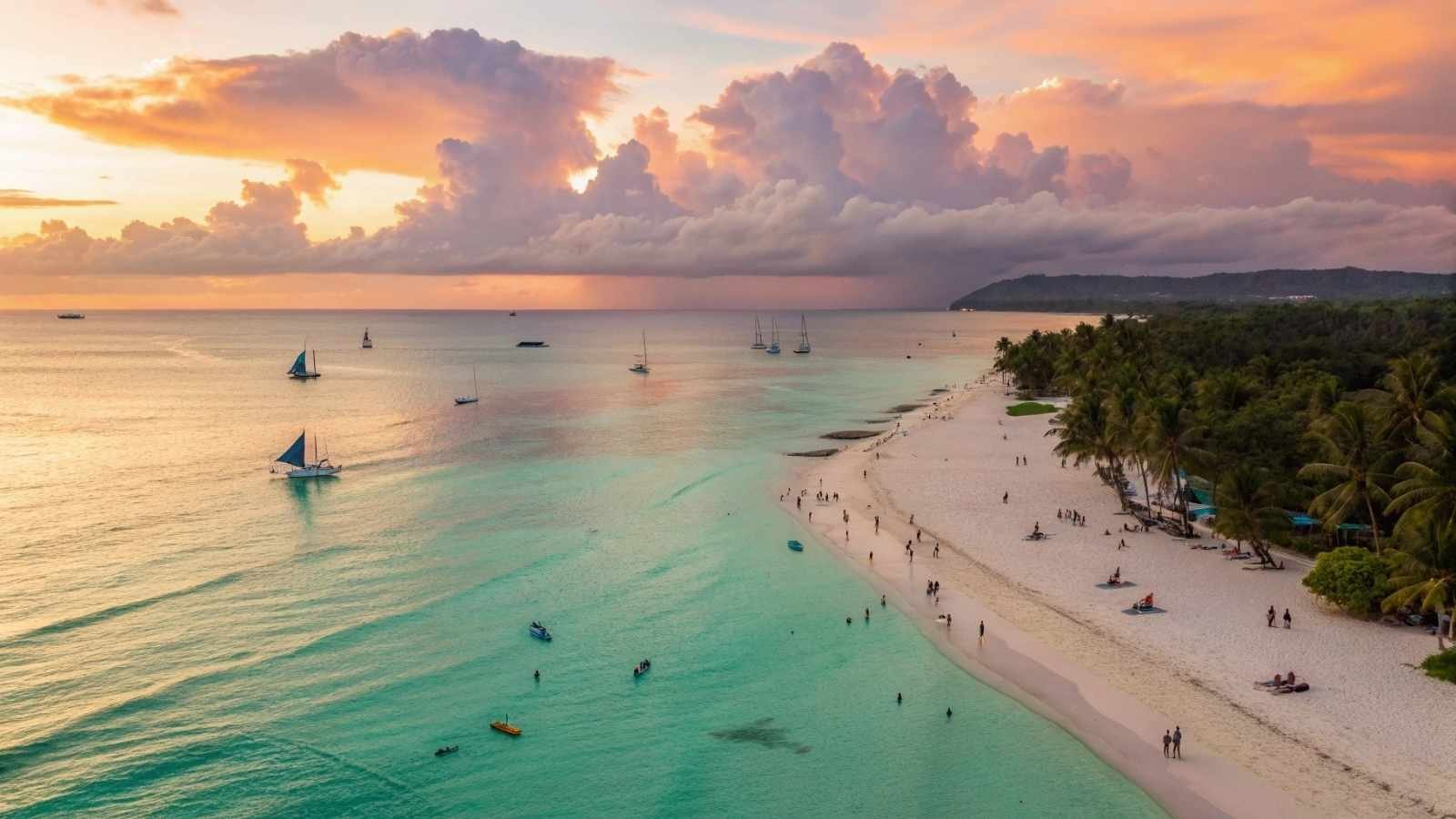
Boracay was once a backpacker’s secret, then a world-famous beach destination—and then, almost overnight, it closed to tourists. In 2018, the Philippine government shut the island for six months to repair environmental damage caused by years of uncontrolled tourism. Now it’s back, but with strict regulations designed to keep it from slipping into the same cycle of overuse.
The changes are immediately noticeable: no more beach parties spilling into the early hours, no plastic litter hiding in the sand, and fewer overcrowded resorts. Instead, you’ll find a cleaner, more peaceful Boracay—still lively, but more in tune with the natural beauty that made it famous in the first place. The waters are clear enough to see the sand ripple beneath your feet, and sunsets paint the horizon in layered golds and pinks.
For Americans, Boracay is “hidden” in the sense that it’s no longer the free-for-all party destination it once was. To get here now, you’ll need to respect strict environmental guidelines and stay in approved accommodations. But that’s exactly what keeps it special—you’re stepping into a paradise that has learned from its past.
Travel Notes:
- Best Months to Visit: December–May (dry season)
- Entry Rules: Must show proof of confirmed booking at an accredited hotel
- Currency: Philippine peso
- Activities: Kite surfing, diving, island-hopping
- Local Tip: Visit early morning for quiet beaches before day-trippers arrive
6. Surtsey, Iceland
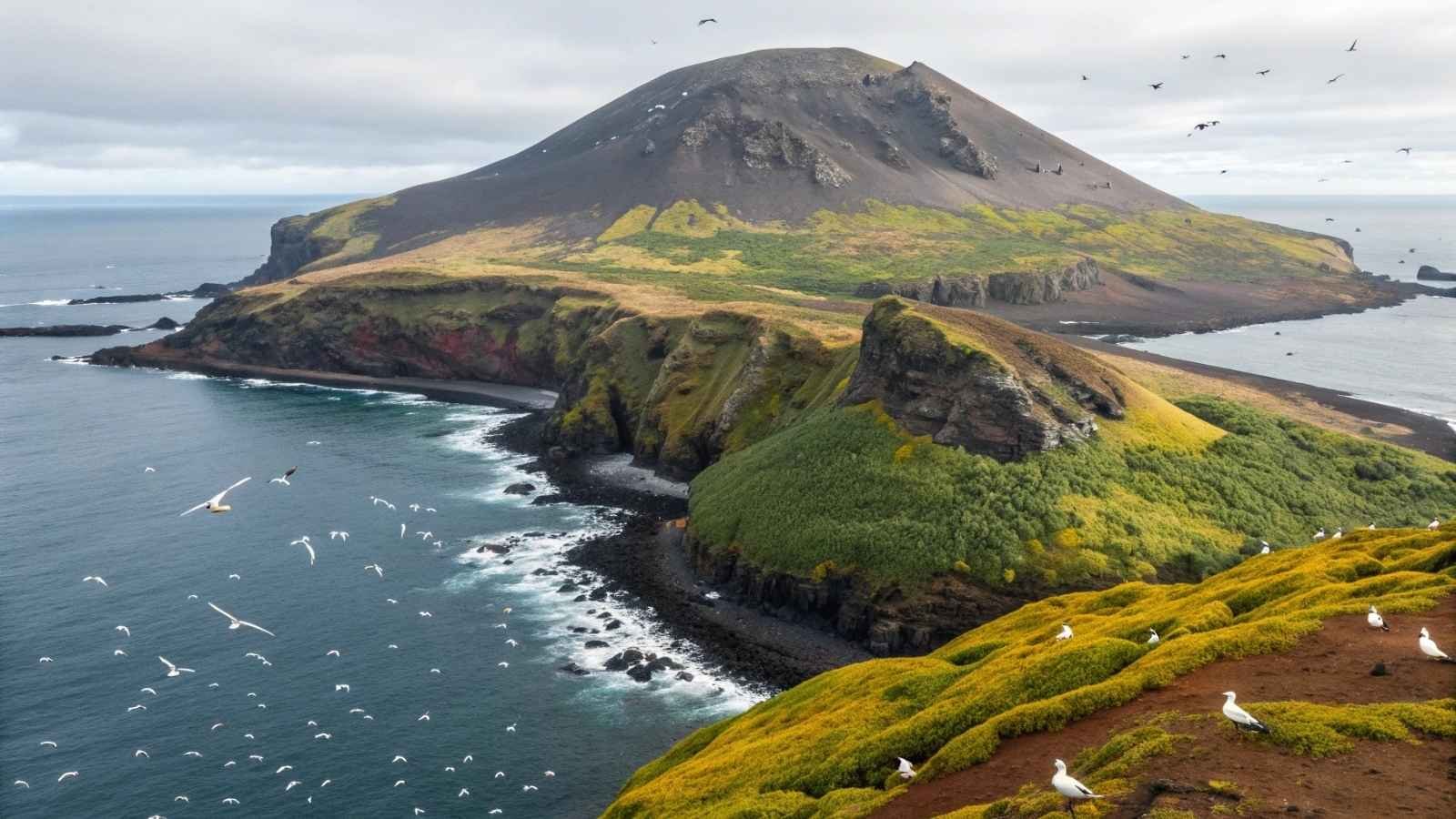
Surtsey is one of the youngest islands in the world, born from a volcanic eruption in 1963. Since then, Iceland has turned it into a living laboratory for scientists to study how life colonizes new land. The public isn’t allowed to set foot on the island—not even Icelanders themselves—to protect it from human interference. This strict preservation makes Surtsey one of the most inaccessible natural wonders on Earth.
What’s fascinating about Surtsey is the slow, organic way nature has reclaimed it. First came mosses and lichens, then seabirds and seals, and now scientists track every new species that arrives, from insects to flowering plants. It’s like watching evolution happen in real time. The ban on tourism might feel frustrating, but it’s exactly what’s allowing this unique experiment to unfold without disruption.
For Americans, Surtsey is “hidden” not because of secrecy, but because access is near impossible—the closest you can get is by boat or helicopter to view it from a distance. Yet even that is worth it, especially when paired with Iceland’s other volcanic landscapes. You can’t step foot here, but knowing that it exists untouched adds a certain magic to the visit.
Travel Notes:
- Best Viewing Months: June–August (calm seas)
- Access: No public landing; sightseeing flights and boat tours available
- Closest Town: Heimaey in the Westman Islands
- Photography: Allowed from boats or aircraft only
- Fun Fact: Listed as a UNESCO World Heritage Site since 2008
7. Lord Howe Island, Australia

Lord Howe Island feels like it belongs in a travel fantasy—a crescent-shaped island surrounded by turquoise lagoons and coral reefs, with lush mountains rising in the background. But unlike other tropical destinations, this one is intentionally hard to visit. The local government caps visitors at just 400 at any time to protect the fragile ecosystem.
This cap changes the vibe entirely. There are no high-rise resorts, no cruise ships, no sprawling nightlife districts—just quiet beaches, hiking trails, and waters teeming with marine life. Birdwatchers love it for its rare seabird colonies, and divers are drawn to the pristine coral reefs. Because tourism is so limited, it feels more like joining a small, privileged community than visiting a typical tourist island.
For Americans, Lord Howe is “hidden” because it’s both remote and restricted. Even getting there requires a flight from Sydney or Brisbane on a small plane—no direct connections from the U.S. That extra effort, plus the strict visitor cap, means you’re more likely to be sharing a beach with nesting birds than other tourists.
Travel Notes:
- Best Months to Visit: September–May (warmer weather and calmer seas)
- Visitor Cap: Maximum of 400 tourists at a time
- Currency: Australian dollar
- Activities: Hiking, snorkeling, birdwatching, diving
- Local Tip: Book flights and accommodation months in advance due to limits
8. The Wave, USA (Utah/Arizona)
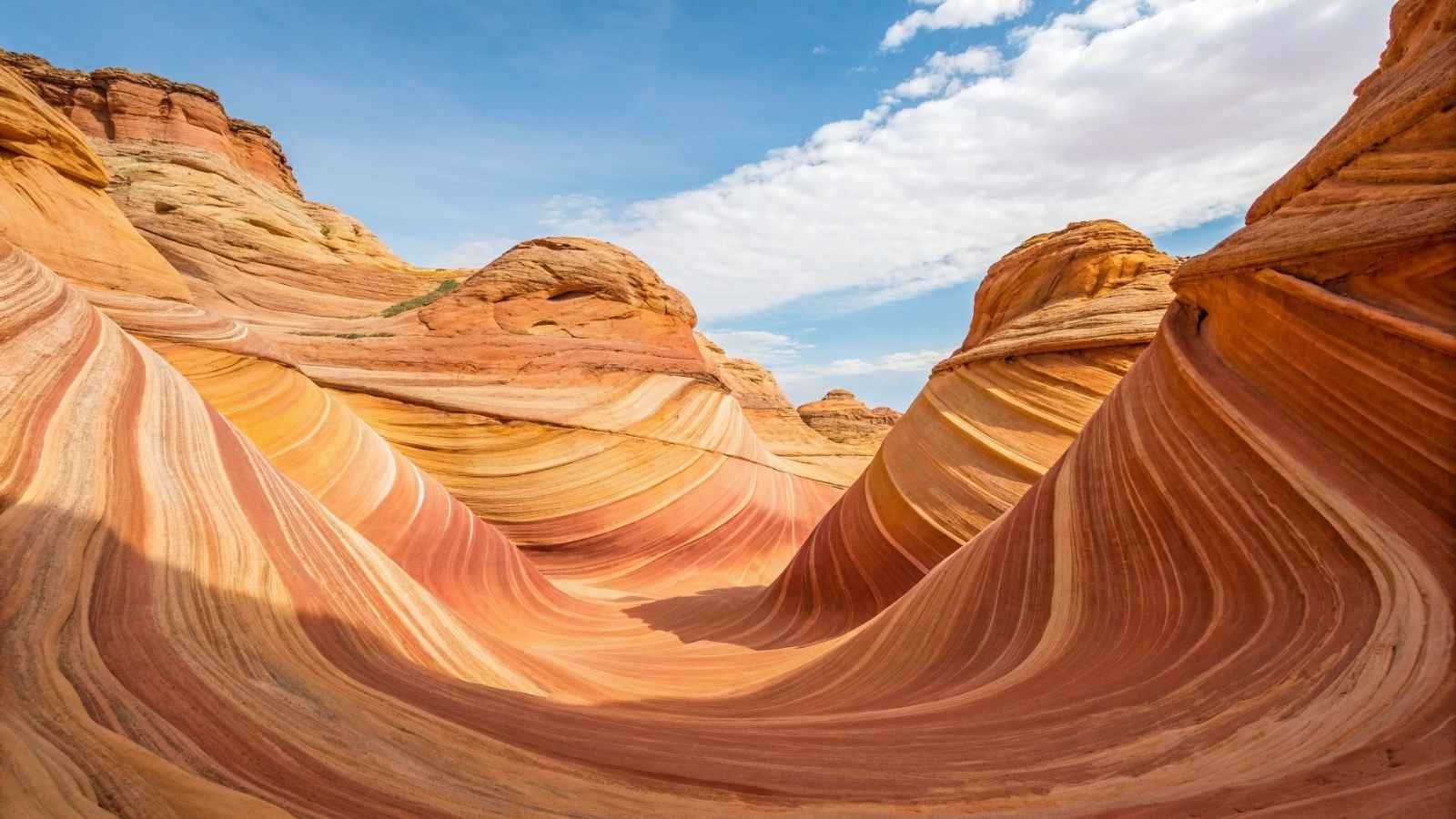
The Wave is one of the most mesmerizing rock formations in the American Southwest—its swirling sandstone patterns look like they’ve been painted by hand. But to preserve its fragile surface, access is strictly controlled. Only 64 people per day are allowed in, and permits are given through a highly competitive lottery system.
Because of this, even many Americans never get the chance to see it in person. Hiking to The Wave requires a long trek across unmarked desert terrain, so it’s not a casual stroll—it’s an adventure. And when you finally arrive, the stillness and sheer artistry of the rock make every step worth it.
For travelers lucky enough to win a permit, the experience is surreal. The sandstone curves and waves around you, each bend revealing new colors and patterns. But the rules are strict—leave no trace, stay on designated routes, and no climbing on delicate surfaces. It’s the definition of a rare and privileged sight.
Travel Notes:
- Best Months to Visit: March–May, September–November (mild weather)
- Permit System: Online and walk-in lottery; book far in advance
- Hike Difficulty: Moderate to difficult, about 6.4 miles round trip
- Closest Town: Kanab, Utah
- Photography Tip: Early morning light brings out the sandstone colors best
9. Aldabra Atoll, Seychelles
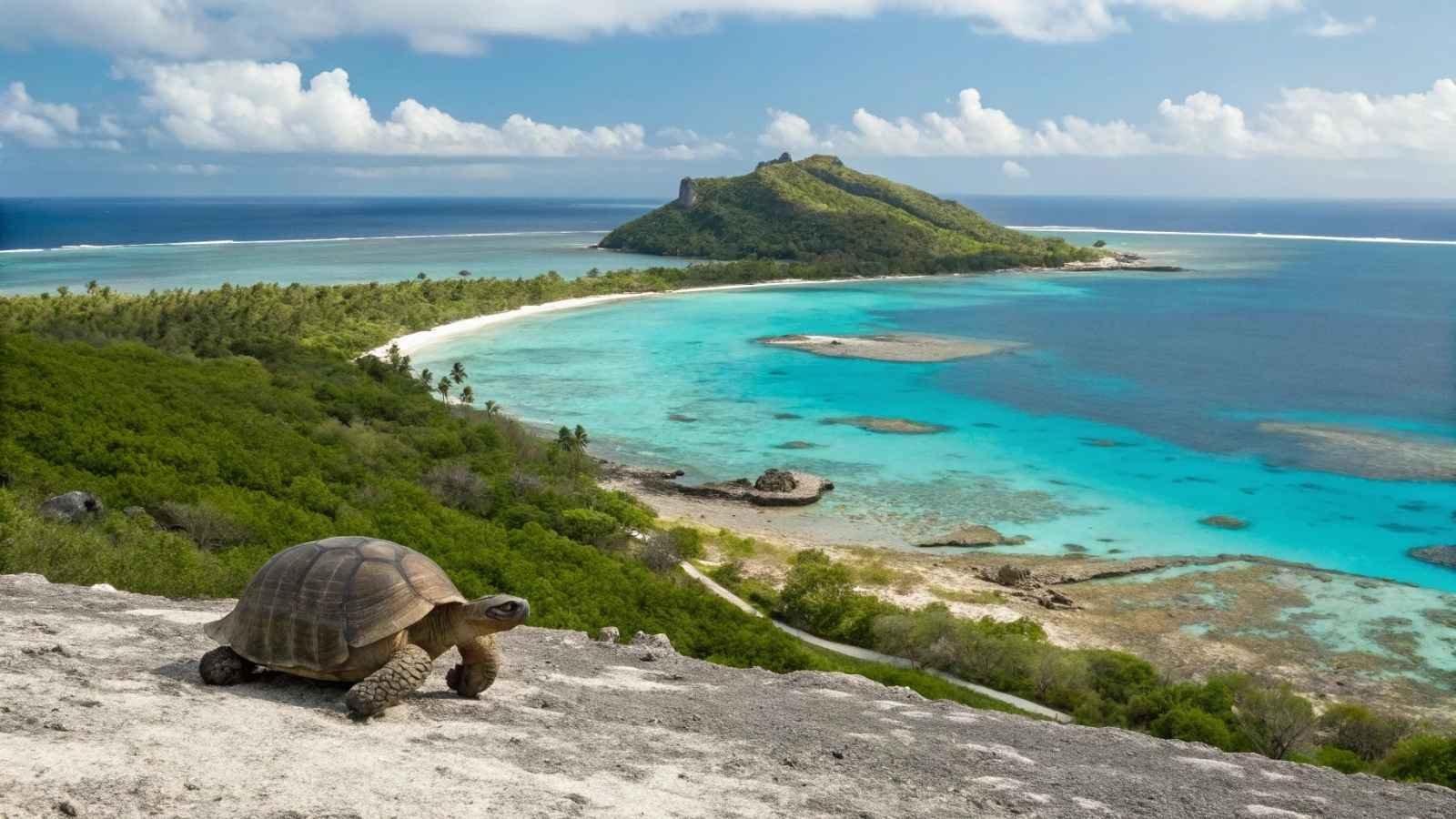
Aldabra Atoll is the world’s second-largest coral atoll, and one of the most isolated places you can visit. Home to over 150,000 giant tortoises, its biodiversity is so valuable that Seychelles has kept it largely off-limits to mass tourism. Only a few dozen people—mostly scientists—are allowed here each year.
The atoll is a UNESCO World Heritage Site, and getting there isn’t simple. You’ll likely need to charter a private yacht or join an approved expedition. The isolation means its reefs and wildlife have been spared from the damage seen in more accessible tropical destinations. The waters are so clear you can see schools of fish moving like silver clouds beneath the surface.
For Americans, Aldabra is “hidden” because it’s remote, expensive, and regulated—you can’t just show up with a snorkel. But for those willing to go the extra mile (or hundred), it’s one of the last untouched tropical sanctuaries left on Earth.
Travel Notes:
- Best Months to Visit: April–May, October–November (calm seas)
- Access: Special permits required; usually reached by yacht or expedition cruise
- Currency: Seychellois rupee
- Activities: Diving, snorkeling, wildlife photography
- Fun Fact: Charles Darwin once planned to visit but never made it
10. Varosha, Cyprus
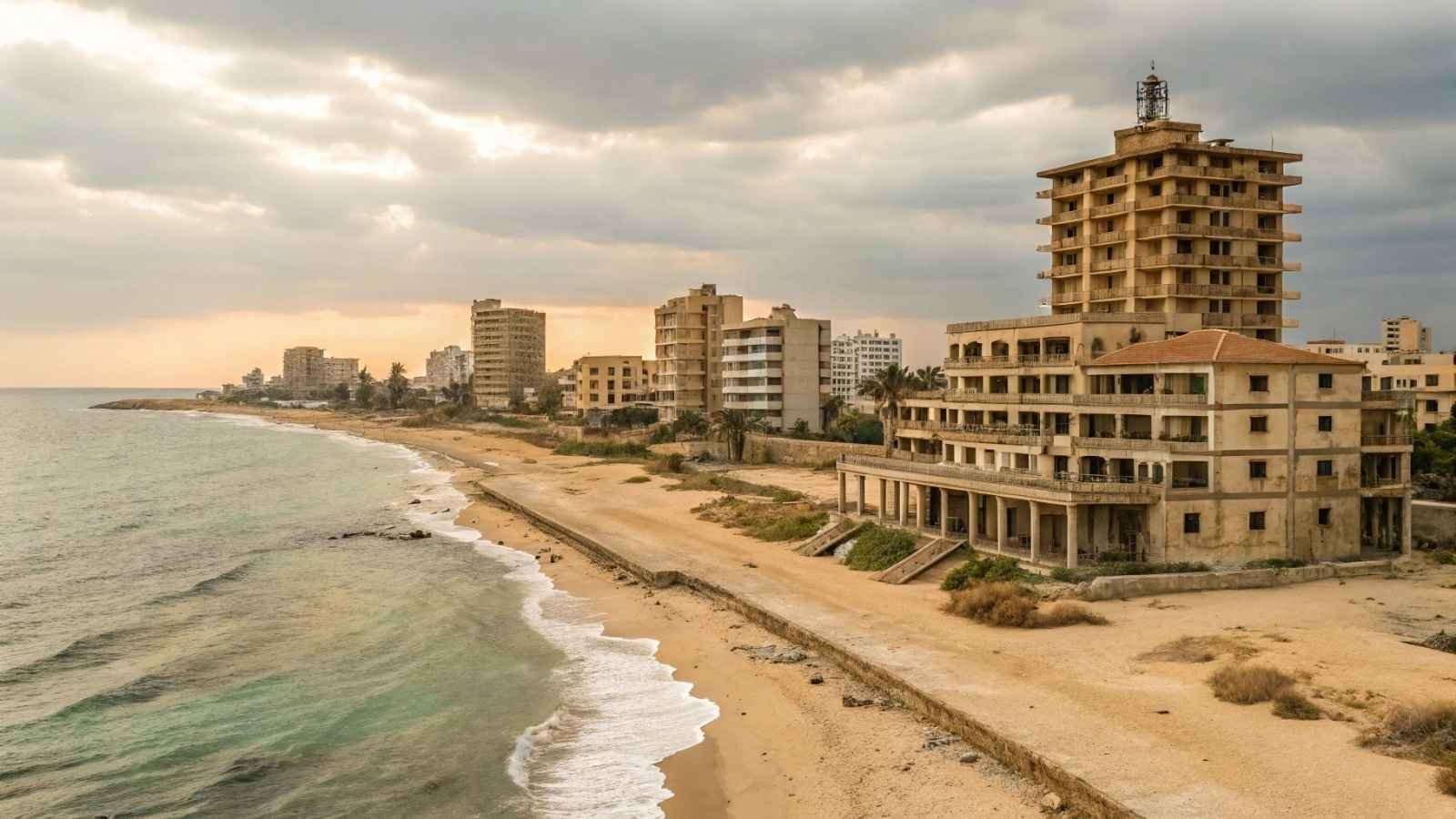
Varosha is an eerie reminder of how quickly paradise can turn into a ghost town. Once a glamorous resort district in Famagusta, it was abandoned in 1974 after the Turkish invasion of Cyprus. For decades, it was fenced off, left to crumble under the Mediterranean sun—a modern ruin trapped in time.
Recently, parts of Varosha have been reopened for limited tourism, though the political situation remains sensitive. Walking through the streets feels like stepping into the past: luxury hotels overrun with weeds, shop signs fading, and the smell of the sea mixing with the scent of old concrete. It’s beautiful and unsettling all at once.
For Americans, Varosha is “hidden” because it’s caught in a political limbo—visiting means navigating a divided island and respecting complicated boundaries. It’s not the kind of place you’ll see promoted in glossy travel brochures, but for those drawn to history and the surreal, it’s unforgettable.
Travel Notes:
- Best Months to Visit: April–June, September–October (pleasant weather)
- Access: Via Northern Cyprus; political situation can change access rules
- Currency: Euro in the south, Turkish lira in the north
- Local Tip: Guided tours offer historical context you won’t get from walking alone
- Photography: Some areas remain off-limits for photos
11. Agdam, Azerbaijan
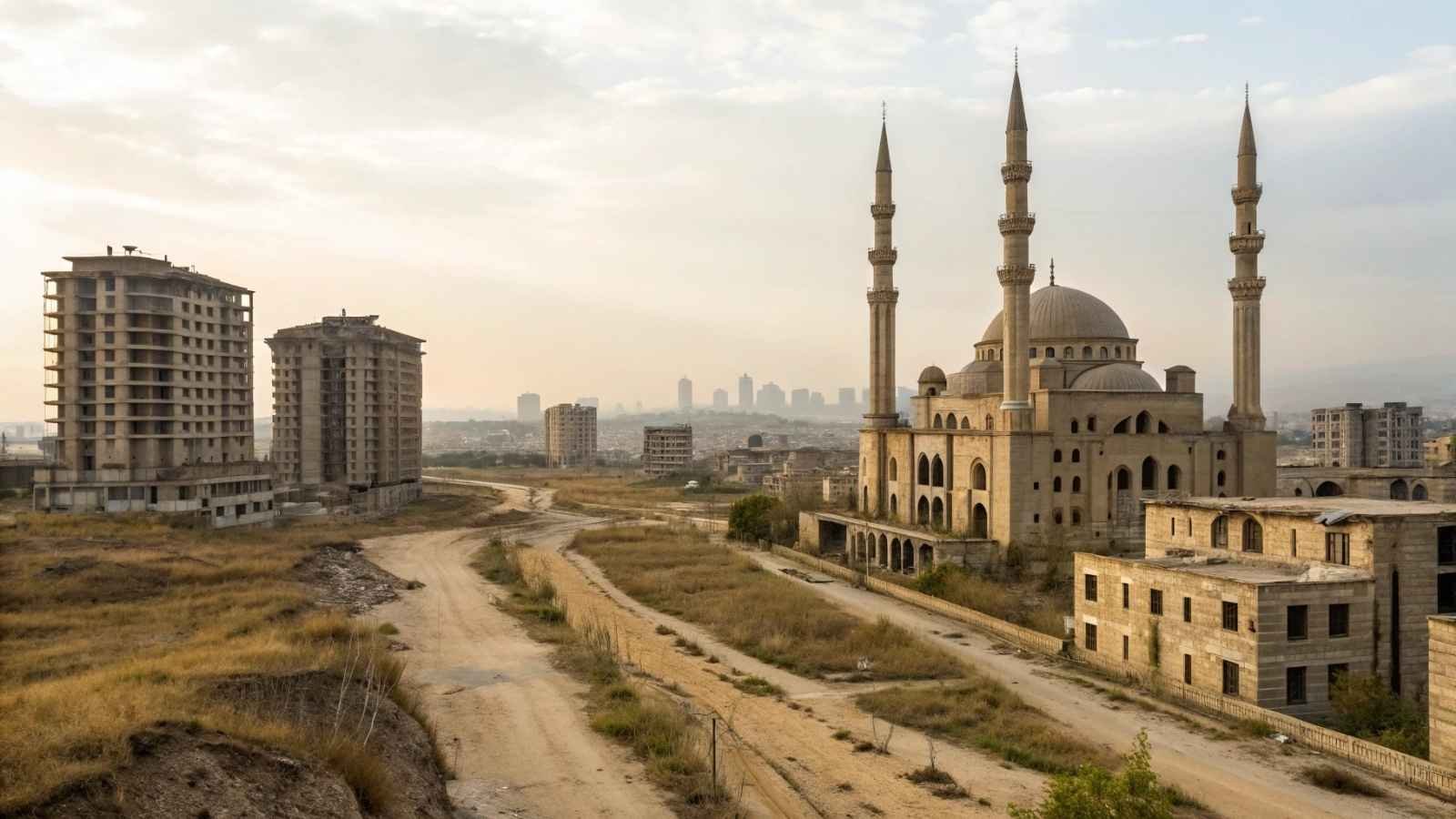
Agdam is often called the “Hiroshima of the Caucasus,” though instead of a nuclear disaster, its abandonment came from war. Once a bustling city, it was emptied during the Nagorno-Karabakh conflict in the early 1990s and has remained largely uninhabited since. Entire streets of skeletal buildings stand frozen in time, slowly being reclaimed by nature.
Walking through Agdam feels surreal. Vine-covered walls hide what were once homes, schools, and theaters. In the silence, the crunch of your footsteps on broken glass seems louder than it should. There’s a haunting beauty in the decay, but also a sobering weight—you’re moving through the remains of people’s everyday lives.
The city isn’t exactly on tourist brochures. Much of it was off-limits for decades, and even now, visits are regulated and sensitive due to its political history. For Americans, Agdam remains a hidden chapter of a region few explore, but those who go often find it unforgettable in a way a beach or mountain view could never be.
Travel Notes:
- Best Months to Visit: May–June, September–October (mild weather)
- Access: Special permission required; usually part of a guided tour
- Currency: Azerbaijani manat
- Local Tip: Hire a local guide for historical context and safe navigation
- Photography: Allowed in most areas, but be mindful of military zones
12. Labuan Bajo & Komodo Region, Indonesia
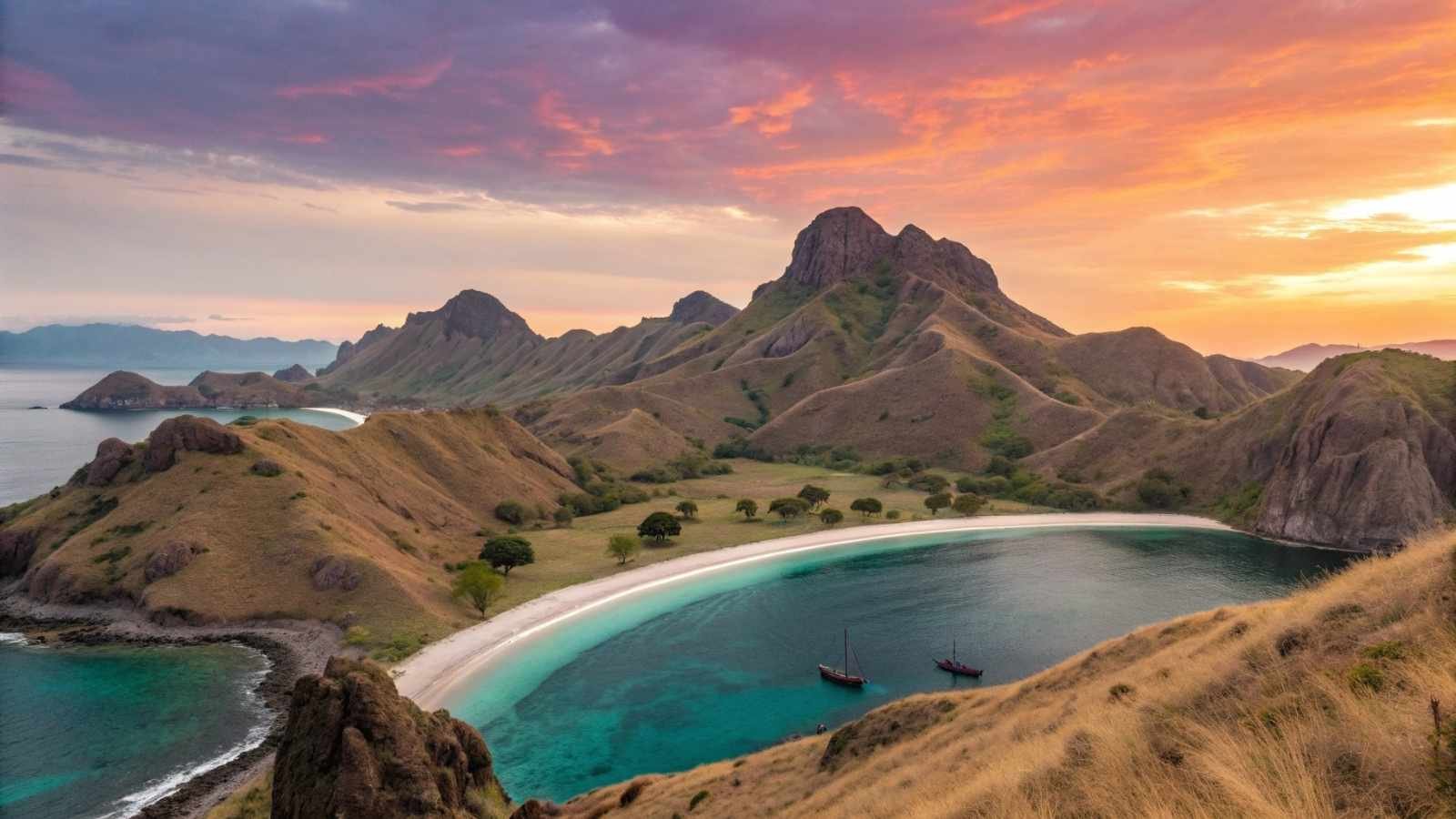
Labuan Bajo is the gateway to one of Indonesia’s wildest treasures: the Komodo Islands. Known for its pink-sand beaches and the world’s largest lizards, the region has recently become far more restrictive. Authorities have discussed high entrance fees and daily visitor limits to protect both the environment and the Komodo dragons’ habitat.
What’s striking here is the balance between raw wilderness and a growing luxury tourism scene. You can spend the morning trekking on Komodo Island, watching dragons sun themselves like ancient relics, and by evening, be dining on fresh seafood overlooking a quiet harbor. But that quiet may not last—locals worry the region could tip into overtourism if controls aren’t kept.
For Americans, this destination is hidden in plain sight. Indonesia’s beaches are famous, but this corner is still far from the mainstream Bali circuit. Those who come usually find it’s the mix of untamed wildlife and serene seascapes that lingers longest in memory.
Travel Notes:
- Best Months to Visit: April–June, September–November (dry season, best diving conditions)
- Access: Flights to Labuan Bajo from Bali or Jakarta
- Currency: Indonesian rupiah
- Activities: Diving, snorkeling, trekking to see Komodo dragons
- Local Tip: Book dragon treks with official park rangers for safety
13. Athens (Acropolis & Restricted Sites), Greece
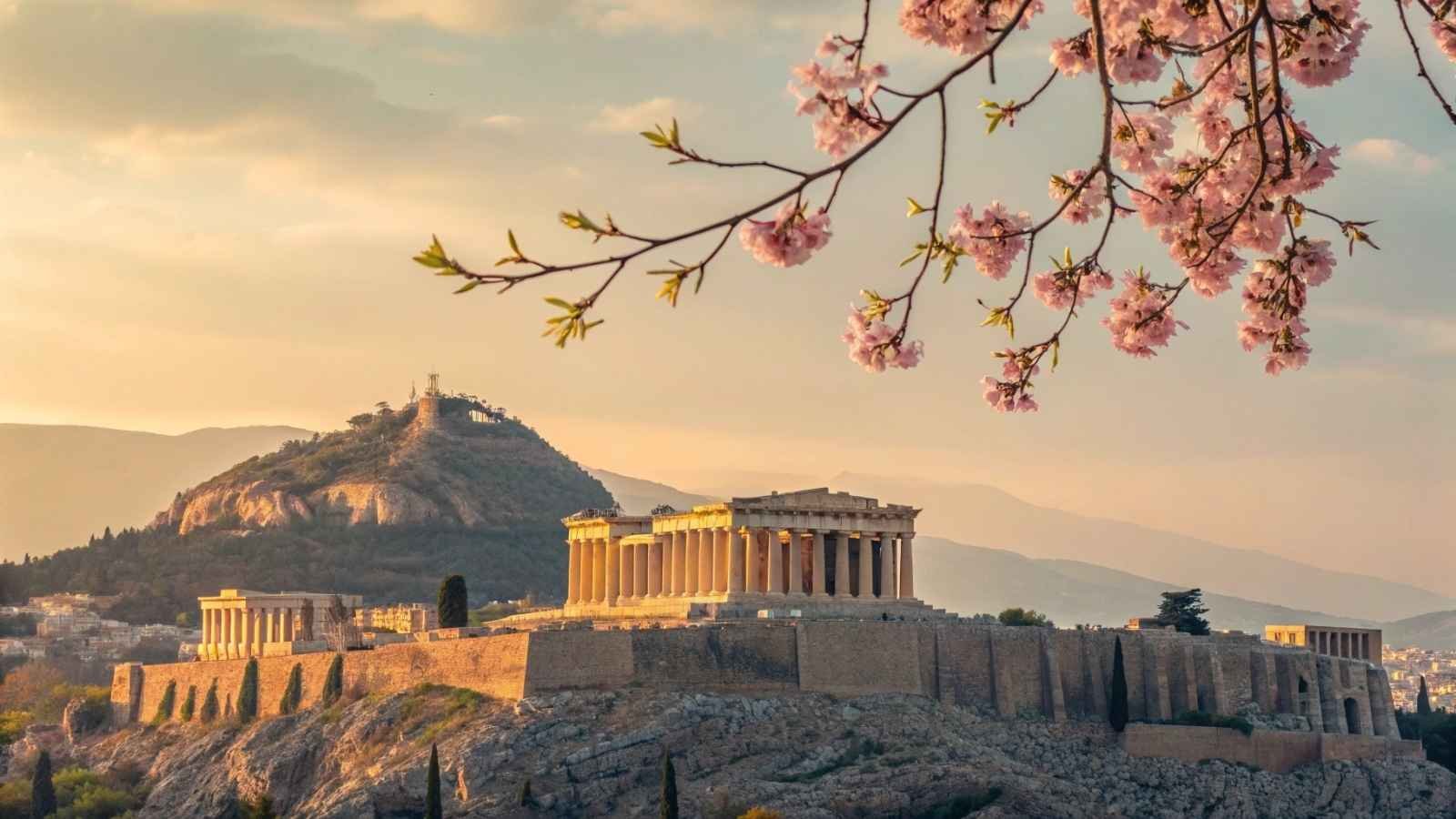
Athens isn’t hidden in the traditional sense—it’s one of the most visited cities in Europe. But in recent years, restrictions have quietly reshaped the experience, especially at the Acropolis. Daily visitor caps, time-slot ticketing, and designated routes now control the flow of people to protect the site from wear. It means spontaneous sightseeing is mostly a thing of the past.
The changes, though, have benefits. With fewer people crowding the steps, it’s easier to take in the Parthenon’s sheer presence without feeling rushed. In quieter corners of the city, ancient ruins peek out between apartment blocks, and lively neighborhoods like Plaka still feel like the heart of local life.
For Americans, the “hidden” side of Athens is this—while the Acropolis headlines the trip, there are lesser-known archaeological sites and museums with equally fascinating stories but none of the long lines. Skipping the obvious for the overlooked can turn a well-trodden city into something fresh.
Travel Notes:
- Best Months to Visit: April–May, September–October (fewer crowds, pleasant weather)
- Access: Direct flights from many U.S. and European cities
- Currency: Euro
- Acropolis Tip: Book tickets online in advance for morning or late afternoon slots
- Nearby Alternatives: Ancient Agora, Kerameikos Cemetery
14. Islas Marietas National Park, Mexico
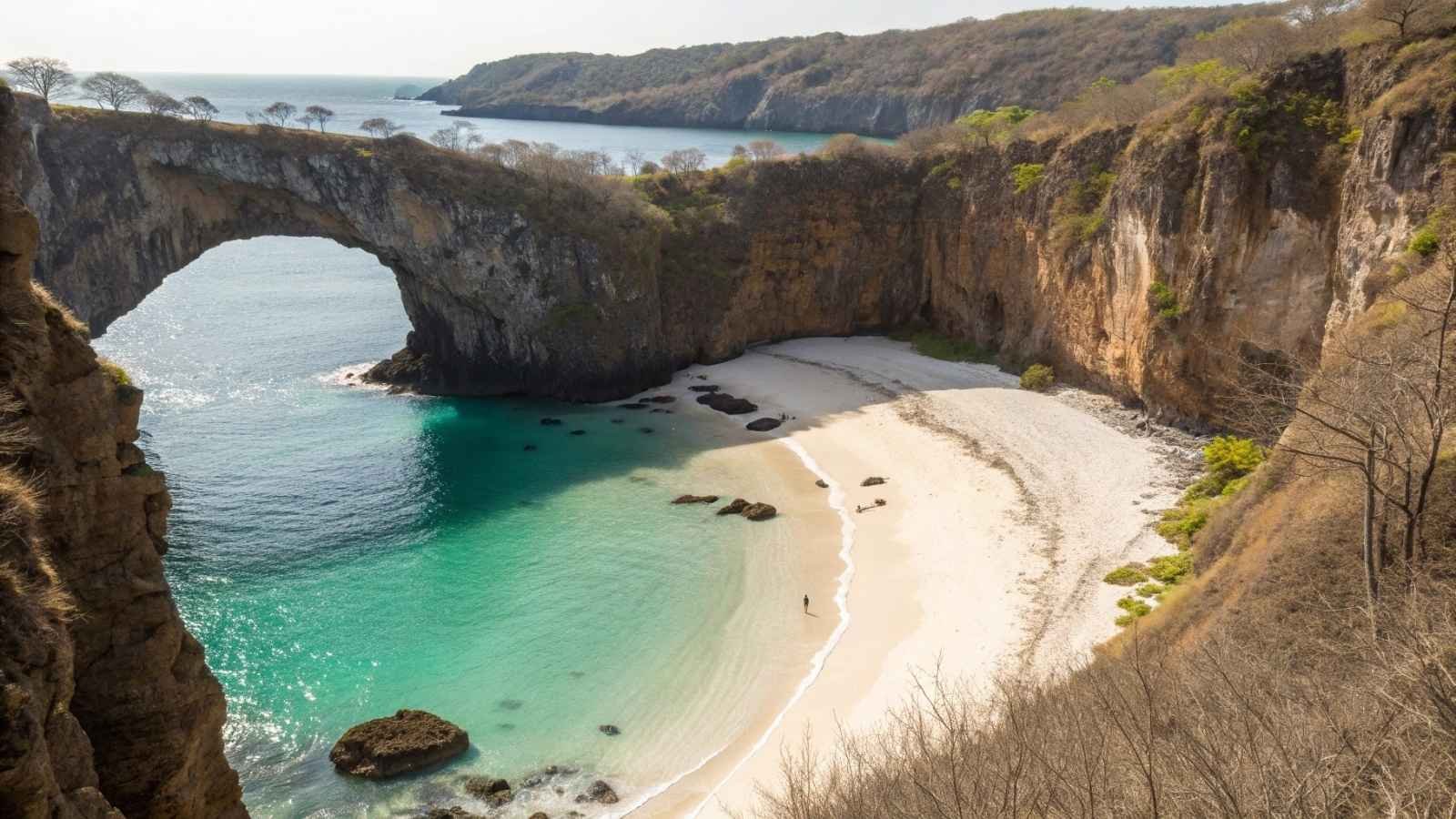
Off the coast of Nayarit lies a cluster of islands that became famous for one reason—the hidden beach tucked inside a volcanic crater. But fame brought trouble. The coral reefs surrounding the Islas Marietas suffered from boat traffic and unregulated swimming, leading Mexico to shut down parts of the park for restoration. Access is now strictly controlled.
Getting to the hidden beach is an adventure in itself. After a boat ride, you swim through a short cave tunnel before emerging into a sandy oasis surrounded by rock walls. Above you, the open sky forms a perfect circle. It’s one of those rare places where the setting feels like nature’s secret, shared only briefly before you leave it as you found it.
For Americans, this gem is hidden not by distance but by regulation—you’ll need a tour with the proper permits, and only a set number of people can enter each day. That exclusivity, though, is what keeps the beach from disappearing under the weight of its popularity.
Travel Notes:
- Best Months to Visit: December–April (calm seas, whale watching season)
- Access: Boat tours from Punta Mita, Sayulita, or Puerto Vallarta
- Currency: Mexican peso
- Activities: Snorkeling, birdwatching, exploring a hidden beach
- Local Tip: Permits sell out quickly—book weeks in advance






